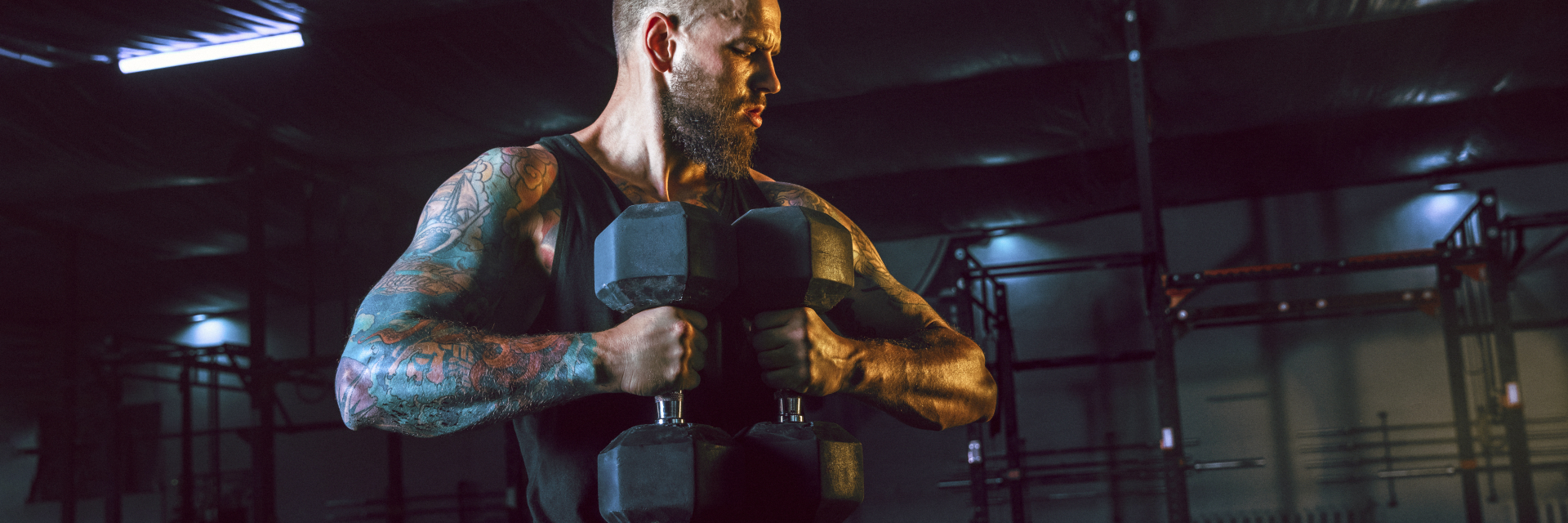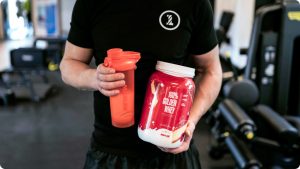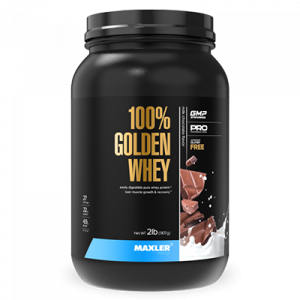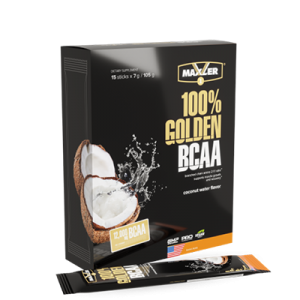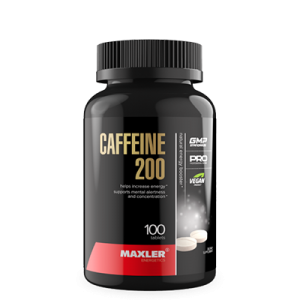Creating the body of your dreams can be a challenge. Many of us have an idea of what we want to look like. But the practicalities of building a healthy body can be confusing. Should you lose weight? Should you build muscle? Both? Luckily, you can combine your weight loss and muscle-building efforts. Read on if you’ve ever wanted to learn how to gain muscle and lose weight.
Can You Burn Fat And Build Muscle at the Same Time?
Body recomposition, or the act of burning fat and building muscle at the same time, sounds ideal. After all, converting fat into muscle mass will not only make you feel better but also make you look toned and lean. But is it actually feasible?
Yes! The practice comes from bodybuilders, who have developed techniques to do that. You can combine the proper training and eating methods to lose weight and gain muscle.
And the good news doesn’t stop there. It appears to be possible for those starting out and those who are already actively training. Therefore, no matter where you are in your fitness journey, you can achieve the body goal of your dreams.
Benefits Of Losing Fat And Gaining Muscle
Why might you want to learn how to gain muscle and lose weight?
One of the obvious reasons that you may think of is your appearance. Improving your body composition can undoubtedly help you get closer to your ideal. After all, it’s good to continuously work on yourself.
However, that’s not the only reason you may want to lose weight and gain muscle. There are also many health benefits associated with this change.
Gaining muscle can be beneficial in the following ways:
- It can increase your lean body mass. This affects many parameters of your day-to-day life. For example, it can increase the amount of calories you burn daily.
- Building muscle can increase bone strength, which can lower the risk of bone injury.
- It can help you age better. Increased muscle is beneficial when we age, as we naturally lose some muscle with age. In addition, it can help lower the risks of injury.
Losing weight can also be beneficial for you as:
- It can help you improve your cardiovascular health. Weight loss can help lower blood pressure and “bad” cholesterol levels.
- It can help you sleep better. Some people with excess weight may find themselves struggling to sleep due to sleep apnea. This can be improved with weight loss.
- It can improve your overall quality of life.
- It can support your mental health.
- It may benefit your fertility and improve your sexual life.
- It can improve your life span and lower the risks of many diseases.
There are obviously many benefits to both losing weight and building muscle. Now, let’s dig into the real question—how to gain muscle and lose weight.
Workouts for Losing Fat and Gaining Muscle
Both muscle gain and weight loss require exercise. Exercise is obviously essential for you. It helps keep us healthy in general. However, it’s necessary for those who want to lose fat and gain muscle.
Strength training is key to building muscle and is also beneficial for weight loss. Resistance training provides our muscles with the stimulus to grow. Our muscles need to be challenged to kickstart their synthesis. Learn more about the science of this process in our “How Muscle Works” post.
Resistance training also helps prevent muscle loss in a calorie deficit. One issue with losing weight is that you risk muscle loss due to insufficient calorie intake. Strength training can be a great strategy to mitigate this.
Start off with training three times a week, ensuring that you’re targeting your whole body equally. For those who are more experienced with strength training, more days or a more intense workout plan may be beneficial. Remember to increase weight gradually – if you’re finding your workouts too easy, you’re not using a heavy enough weight.
Cardio is an important part of losing weight and gaining muscle, too. Many people think that cardio exercises help lose weight but not gain muscle. However, that’s not true. Cardio can help you build muscle, but it may be slower.
It’s essential to add some cardio to your routine. It can help you burn extra calories to assist weight loss efforts. High-intensity interval training (HIIT) can be a great way to get your blood pumping and help you with weight loss. A 2023 review suggests that it can improve fat-free mass and lower body fat percentage.
Finally, don’t forget to add mobility and flexibility to your routine. These types of workouts may not contribute to muscle-building or weight loss, but they can be great for recovery and increase your range of motion. This can help you with better technique in your lifts, ensuring you’re lowering your risk of injury.
Here are some tips for getting the most out of your workouts:
- Make them fun. This may mean you need to occasionally switch things up with a new set of exercises.
- Properly warm up and cool down can help lower your risk of injury. Before your training, it’s a good idea to include passive and dynamic stretches.
- Do what you enjoy. There’s no point in swimming if you enjoy running, even if one exercise may burn more calories than another.
- Ask for help. No one is born knowing everything in the gym or on the court. Don’t be afraid to ask for help, whether it’s about technique or something else. Use professional support, like a coach or a personal trainer, if you have access to them.
- Don’t neglect recovery. Recovery is an essential part of any workout. You must support your body after a training session. Read on to learn more about recovery.
Now that we’ve cleared up our exercise routine, let’s jump into diet.
Diet for Losing Fat and Gaining Muscle
Diet is arguably one of the most critical aspects of building muscle and losing fat. What does a healthy diet to lose weight and gain muscle involve?
First of all, let’s start with the basics. You consume a certain number of calories during the day. If you consume the same as you burn, then you’re in a calorie balance. It’s good to be in a calorie deficit when we lose weight. This means eating fewer calories than you burn. For building muscle, it’s best to be in a small surplus or eat slightly more calories than you burn.
This creates the first paradox of the necessary calories to lose weight and gain muscle.
The good news is that you don’t quite need to be dieting to lose weight and gain muscle. It appears that calorie deficits of 500 calories can impair lean muscle growth. You’re better off with a small deficit of a few hundred calories or just continuing with your maintenance calories for a bit.
Alternatively, you can employ a calorie cycling approach. This means alternating days of calorie restriction with days of maintenance calories. This approach can support weight loss without affecting your body’s calorie-burning capacity. Eat at maintenance on the days you work out and restrict on the days you don’t.
Protein intake is another crucial aspect of the “lose weight and gain muscle” diet. Protein is vital for weight loss as it helps keep us full. In addition, protein prevents lean muscle wastage. This macronutrient is also essential for muscle growth, as it provides building blocks for muscle tissue.
You must increase protein to lose weight and gain muscle. You can gain muscle by eating between 1.6 and 2.0 grams of protein per kilo of your weight. Make sure you get protein regularly throughout the day and plan your meals around protein sources.
Learn more about protein and its relation to muscle growth here.
The rest of your meals should contain plenty of slow-digesting carbohydrates, fiber, and adequate amounts of fat.
Remember that any meal plan to lose weight and gain muscle must include sufficient micronutrients. Therefore, you should focus on including enough veggies and fruits on a day-to-day basis.
The best way to design a diet that works for you is through consulting with a professional. Alternatively, you can use tracking apps and calculators to help you make decisions about adjusting your calorie intake.
The Role of Recovery for Losing Fat and Gaining Muscle
You’ll need to increase your workout frequency when you’re trying to lose weight and gain muscle. This poses a challenge to your body, as it will have less time to recover between sessions. Therefore, it’s essential to support proper recovery.
How can you do that? There are a few ways to support recovery:
- Finish your workouts with a snack that provides protein and carbohydrates. The duo work together to support muscle protein synthesis and glycogen synthesis after training.
- Take time off when you need it – you should have regular rest days penciled in.
- Ensure you’re sleeping enough every day.
- Include low-intensity movement during your rest days to support blood flow.
- Consider techniques like massage or cold water immersion if your muscles feel painful.
- Add in supplements that can support recovery.
For more tips on recovery, check out our post on recovery techniques.
Supplements for Burning Fat and Gaining Muscle Mass
Sometimes, we all need a little help with reaching our goals. That’s where supplements come in. There are certain effective supplements to lose weight and gain muscle. Let’s break them down.
One of the vital supplements for most active people is protein powder.
You can use protein powder to lose weight and gain muscle. It can help you meet your protein intake goals, which is essential for muscle growth. In addition, protein helps keep you full. Choose high-quality protein powders that you know have all the amino acids and are open about their quality. Maxler 100% Golden Whey is a cult classic for a reason – it combines 24 grams of high-quality protein with incredible tastes (and a great price).
Learn more about using whey protein powder in our post.
Branch Chain Amino Acids, or BCAAs, can be another excellent supplement for those trying to lose weight and gain muscle. BCAAs help protect muscle mass when you’re on a calorie deficit. They can also support recovery. Maxler 100% Golden BCAAs come in handy sachets, so you can consume them anywhere, at any time.
Caffeine is also a dual-action supplement. It can help you increase your alertness if you’re feeling sluggish before a training session. It also supports fat burning, which can assist with weight loss. Maxler Caffeine 200 is an easy alternative to a cup of coffee if you’re not a fan of the taste.
Tips for Losing Fat and Gaining Muscle
When you’re trying to lose weight and gain muscle, you need all the help that you can get. We’ve assembled some tips to help you succeed. Our top tips include:
- Keep yourself nourished through regular meals during the day. Break things down into 3-4 meals with plenty of protein to support muscle synthesis.
- Ensure you’re adequately hydrated when you work out. This helps with recovery and your performance during training.
- Take it slow. Do not lose more than 1 or 2 pounds a week. Losing weight faster can indicate a lack of calories and suggest you’re losing muscle mass rather than fat.
- Ensure you sleep well. Sleeping properly is essential for both muscle gain and weight loss. Sleep helps the body recover, which is critical if you’ve got a busy training schedule. In addition, sleep helps us control our appetite and make healthy food choices during the day. Sufficient sleep can help you prevent overeating or snacking, which may slow your progress.
- Look after your mental health. Embarking to change your body composition can be tough physically and mentally. Make sure that you’re keeping your mental health in check. Don’t be afraid to reach out to a professional if something’s not feeling right. If calorie counting becomes an issue, talk to your healthcare provider about how you can support your goals with alternative practices. You’re more than just your physical body, so take care of the whole of you.
- Be patient. If you’ve chosen the body recomposition method over standard weight loss practices, you must be patient. This process may take longer than traditional weight loss. In addition, the number on the scales may not budge as much if you’re gaining the same amount of muscle as you’re losing fat. Find complementary tracking methods so you’re not discouraged by a seeming lack of progress.
One of the most important things to remember when you embark on a body recomposition journey is that it’s a lifestyle. Of course, all of us would like to eat little for a week, get skinny, and then be able to enjoy everything we ate before without gaining weight back. However, that’s not quite possible due to our biology.
Instead, it’s beneficial to remember that you’re in it for the long run. Changes you make to grow muscle and lose weight are long-term changes. You’ll need to stick to them even after you’ve reached your desired body composition. Embrace this challenge and the benefits that it will bring.
If you’d like more ideas on how to support your weight loss or recomposition journey psychologically, check out our posts on:
How To Measure Fat Loss And Muscle Gain
Tracking progress is one of the most important aspects of the journey to your ideal body. Monitoring progress is essential for many reasons, such as:
- Keeping you motivated. When you see that you’ve visibly made progress, you may look forward to continuing to see the change. This can help you stick to your plans long-term.
- Understanding what works and what doesn’t. Sometimes, you may make multiple changes or even multiple rounds of changes to your lifestyle. This can include adjusting the foods you eat to lose weight and gain muscle. Keeping track of progress can help you determine whether your changes are working.
- It’s beneficial to recognize when you’ve hit your goals. It’s a good idea to have multiple goals in your recomposition journey. You can help motivate yourself with shorter-term deadlines and goals rather than trying to stick it out until you reach the final.
- It can help you recognize a plateau. No matter what stage of training you may be at, sometimes gains take longer to achieve. Or, you may see no changes at all for a little bit. Recognizing that you’re at a plateau can help you adjust dietary strategies and exercise patterns to continue on the journey forward.
How can you track your progress? It’s a good idea to use multiple methods of tracking so that you can see a variety of changes.
One of the first ways to track your progress can be your weight. Depending on whether your primary goal is weight loss or muscle gain, you can monitor them through weight changes. However, if you’re trying to do both at the same time, you may not see the scale move as much as you’d like. That’s why tracking other parameters is a good idea, as they can help you determine whether you’re making progress.
Body measurements can be a useful way to measure progress. Taking the circumference of your waist, thighs, chest, and arms can help you see how you’re doing. It’s a good idea to keep a journal or log these measurements somewhere so you can see progress.
Alongside body measurement, some people may find taking photos useful. It’s an easy visual way to assess how close you are to your goal shape. In addition, putting pictures together in a time loop can help you appreciate how far you’ve come.
You may also want to consider body composition measurements. Certain machines, such as Boditrax, can measure your body composition. This helps you determine your muscle mass, fat mass, and bone mass. These measurements may be one of the most useful ways to keep track of progress.
No matter how you measure your gains and losses, you must maintain regularity in these measurements. Take the measurements on the days you measure at the same time. Try measuring regularly in increments of two weeks and see if it works for you. Remember that muscle gain and fat loss are two long-term processes that should not be rushed.
Conclusion
Many of us want an ideal body. The perfect body can differ between people. You can improve your body through body recomposition. Often, this process involves losing weight and building muscle. If you’re trying to achieve those goals at the same time, there are certain things you need to keep in mind. Ensure that your calorie deficit isn’t too large, as this can be counterproductive for muscle growth. You should frequently train in strength to support your muscle mass. Proper recovery and supplement use can assist you in feeling your best after a workout.
Beginning a journey of self-improvement through body recomposition can be challenging. But together with Maxler, you can do it!
